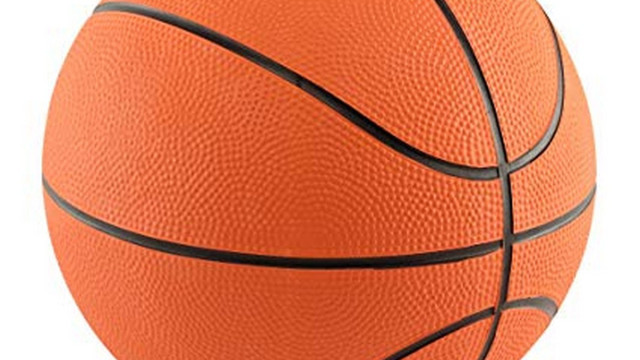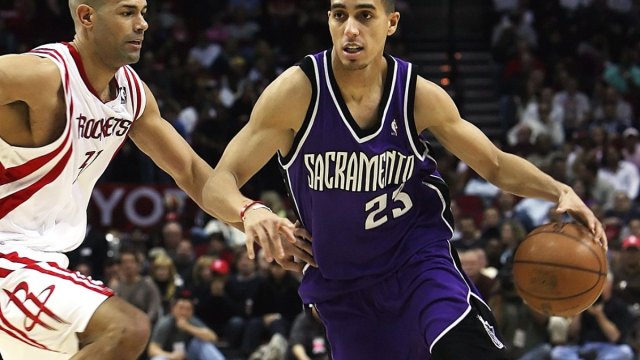Manufacturing basketballs involves a multi-step process that combines precision craftsmanship with modern technology to produce high-quality sports equipment. Here are some details about the manufacturing process of basketballs:
- Materials Selection:
- The first step in manufacturing basketballs is the selection of materials. The outer cover of the basketball is typically made from synthetic leather or composite leather. These materials are chosen for their durability and grip.
- Cutting and Shaping:
- Once the materials are selected, they are cut into panels. A typical basketball has eight panels, which are shaped like a sphere when assembled. These panels are designed to be symmetrical to ensure even bouncing.
- Panel Printing and Design:
- Manufacturers often print branding, logos, and other designs on the panels. This step requires precision to ensure that the graphics are aligned properly.
- Panel Stitching:
- The panels are then stitched together using a high-strength nylon or polyester thread. The stitching must be uniform and tight to prevent air leakage and maintain the ball’s shape.
- Bladder Insertion:
- Inside the stitched panels, a rubber bladder is inserted. This bladder is what holds the air and gives the basketball its bounce. The bladder is inflated to the specified pressure.
- Quality Control:
- Quality control is a crucial step in the manufacturing process. Each basketball undergoes thorough inspection to check for defects in stitching, panels, and overall construction. The weight and circumference are also measured to ensure they meet the specified standards.
- Testing and Certification:
- Some basketballs, especially those used in professional leagues, undergo additional testing for factors like grip and bounce. If a ball meets all the necessary criteria, it is certified for use in official games.
- Packaging:
- After passing quality control and certification, the basketballs are packaged for distribution. They are typically stored in boxes or wrapped in plastic to protect them during shipping.
- Distribution:
- Basketball manufacturers distribute their products to sporting goods stores, retailers, and organizations around the world. The basketballs may be sold at various price points, with professional-grade balls typically being more expensive.
- Customization:
- Some manufacturers offer customization options, allowing customers to order basketballs with their own logos, colors, and designs. These custom basketballs are often used for promotional purposes or by teams with specific branding requirements.
- Environmental Considerations:
- Many manufacturers are now focusing on sustainability and using eco-friendly materials in their basketball production. This includes exploring alternatives to traditional synthetic leather and adopting recycling practices.
In summary, the manufacturing of basketballs is a meticulous process that involves material selection, cutting and shaping, panel printing, stitching, bladder insertion, quality control, testing, and packaging. The goal is to produce basketballs that meet the highest quality standards for durability, grip, and bounce. Additionally, manufacturers are increasingly conscious of environmental considerations in their production processes.


